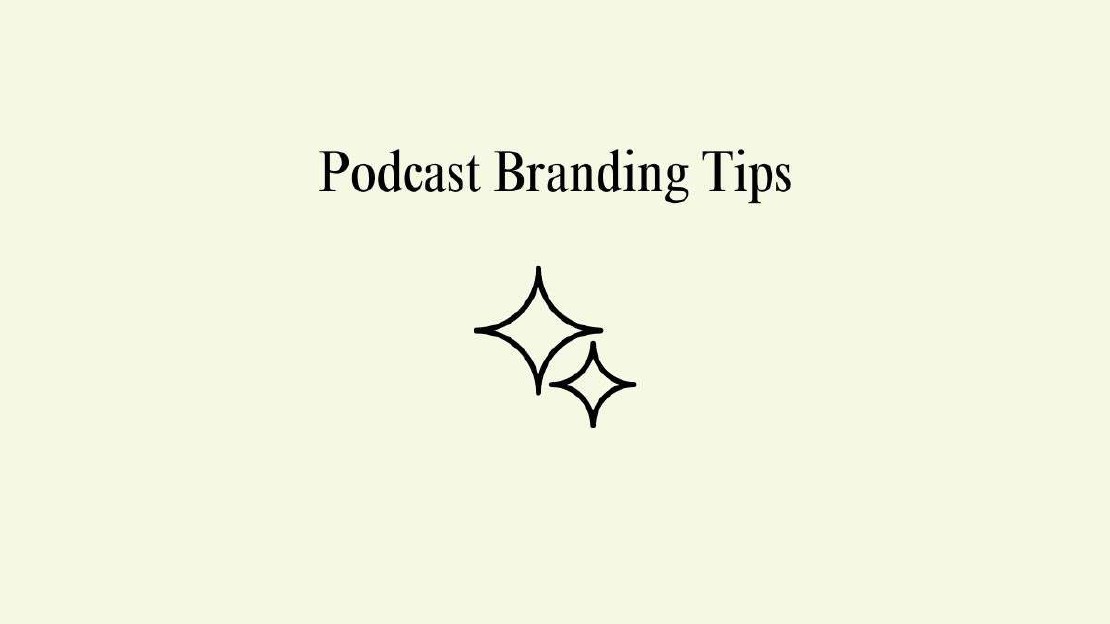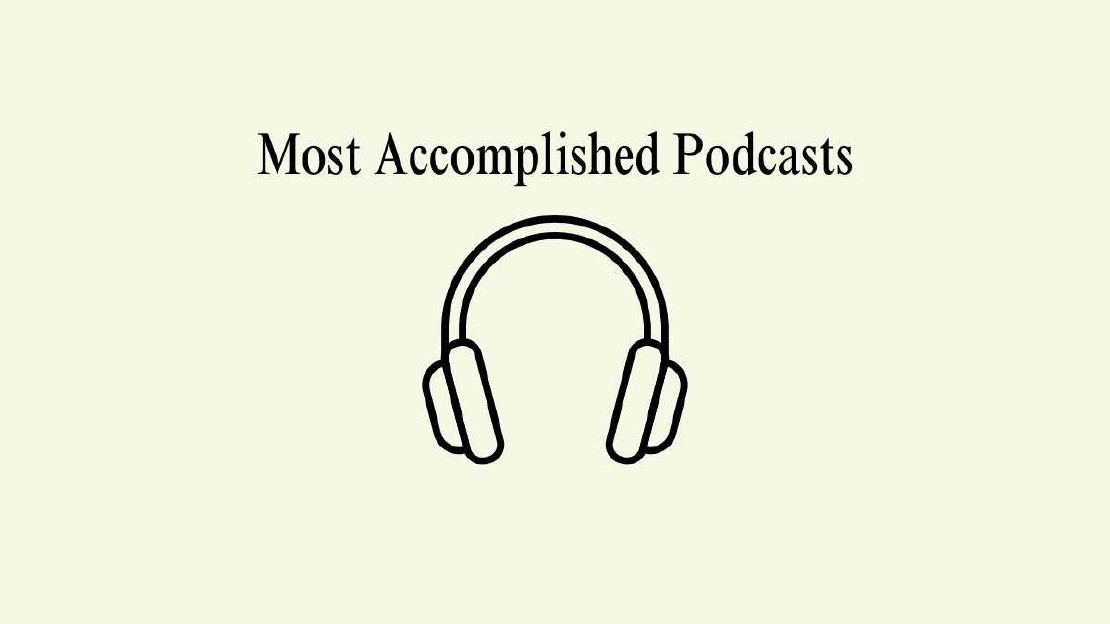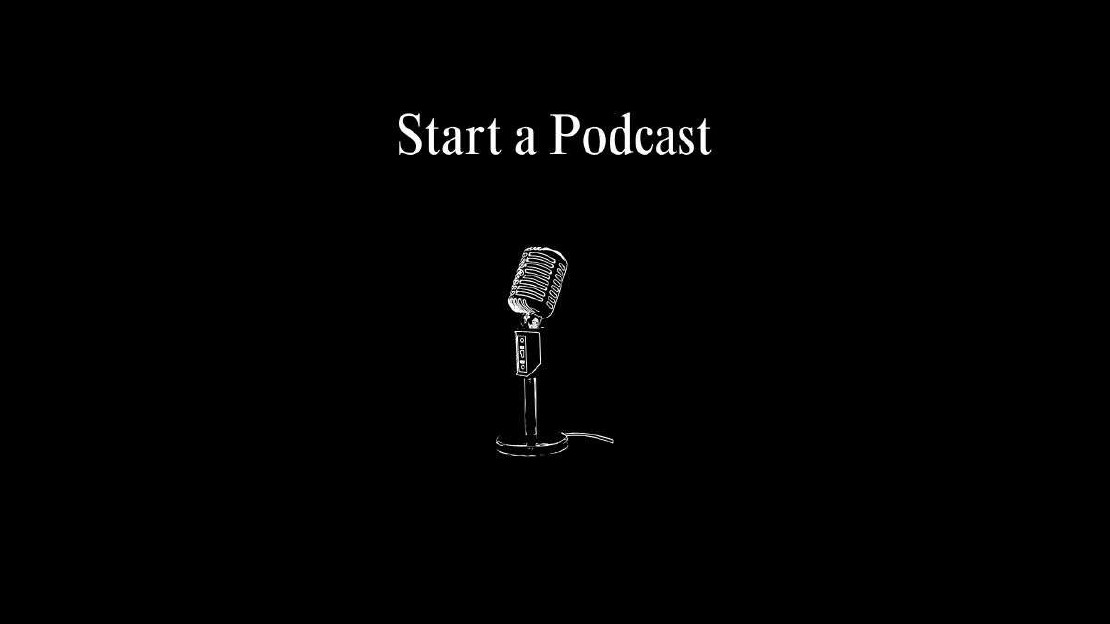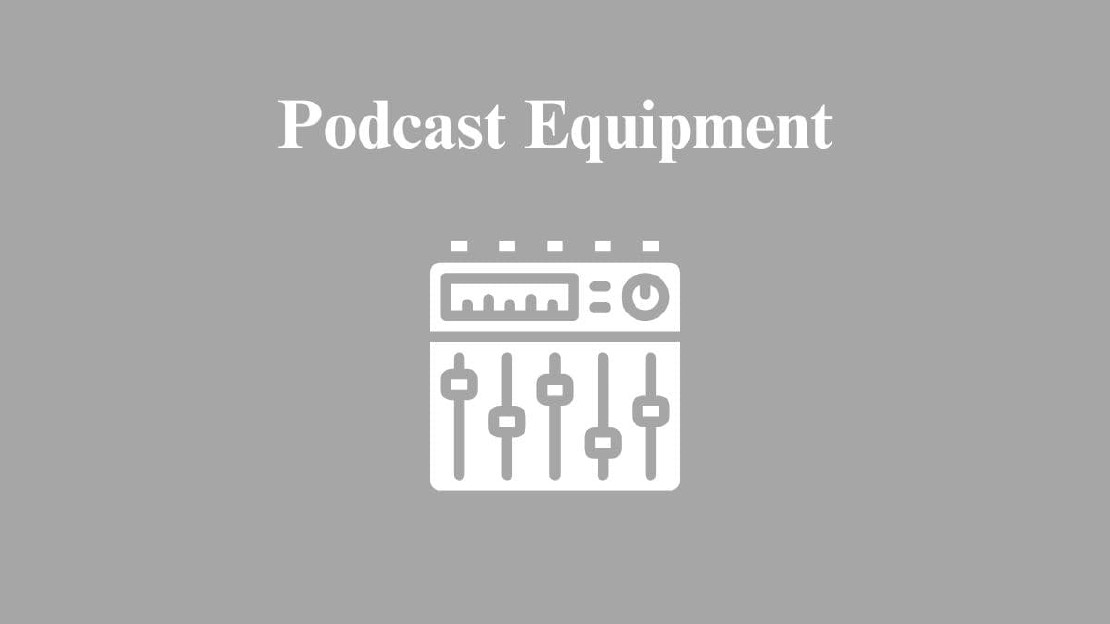Podcast Equipment Budgeting
So, you’ve decided to start podcasting. Awesome! But now you’re staring at a sea of microphones, interfaces, headphones, and other gear, wondering how you’re going to afford it all. Don’t worry; I’ve been there, and I’m here to help you navigate the sometimes overwhelming world of finding podcasting equipment on a budget.
How to Set a Podcasting Equipment Budget
Set a budget that reflects your current financial situation but allows for essential purchases. Prioritize the gear that will make the most significant difference in your sound quality.
When I first started my podcast, I set a budget of three hundred dollars. This might seem low, but it forced me to make smart choices and prioritize the most critical pieces of equipment.
It’s okay to start with entry-level gear and upgrade later as your podcast grows. This approach ensures you don’t blow your entire budget upfront and gives you room to improve your setup over time.
Identify Essential Equipment
Before you start shopping for your podcast, it’s crucial to understand what you really need to build your podcast brand. Are you hosting a solo podcast, or do you have multiple co-hosts or guests? Are you planning to do audio-only, or are you venturing into video podcasting as well? Your answers to these questions will guide your equipment choices.
In the beginning of my podcasting days I was flying solo, recording from a small corner in my basement. Knowing this helped me avoid spending on unnecessary gear like extra microphones and complex mixers. Instead, I focused on the essentials that would give me the best audio quality for my situation.
Microphones on a Budget
Microphones are the heart of any podcasting setup. Choosing the right microphone depends on your recording environment and needs. Understanding the difference between dynamic and condenser microphones, as well as USB and XLR connections, can make the decision easier.
Dynamic microphones are great for noisy environments, as they are less sensitive to background noise. Condenser microphones, on the other hand, offer higher sensitivity and superior sound quality but are more likely to pick up ambient sounds. USB microphones are plug-and-play, making them ideal for beginners, while XLR microphones provide professional-grade sound quality but require an audio interface for operation.
Headphones for Monitoring
Accurate monitoring is crucial when recording and editing podcasts. Dedicated monitoring headphones allow you to catch issues in your audio that might go unnoticed with standard headphones or speakers.
When I first invested in the Audio-Technica ATH-M20x, it transformed my editing process. The clarity and detail helped me refine my recordings for a professional sound.
Affordable Audio Interfaces
If you’re using an XLR microphone, an audio interface is essential. This device converts the analog signal from your mic into a digital format that your computer can process. Beyond conversion, a good interface enhances your audio quality and provides better control over your recordings.
Essential Accessories
Even small accessories can make a significant impact on your recording quality and workflow. Pop filters reduce plosive sounds, while shock mounts minimize vibrations that could affect your audio. A sturdy mic stand or adjustable arm ensures your microphone is always at the right height and angle, keeping your setup ergonomic and organized.
DIY and Cost-Saving Tips
Soundproofing can be expensive, but there are budget-friendly DIY options that can help:
- Homemade Acoustic Panels: Use rock wool or foam panels and cover them with fabric.
- Acoustic Curtains: Thick curtains can double as soundproofing.
- DIY Bass Traps: Use insulation material and place them in the corners of your recording space.
You can make your own pop filter with a wire hanger and pantyhose or create a simple mic stand using household items. These DIY projects can save you money and are surprisingly effective.
Software and Editing Tools
You don’t need expensive software to start. Here are some great free and affordable recording software:
- Audacity (Free): Perfect for beginners.
- GarageBand (Free for Mac users): User-friendly and versatile.
- Reaper (sixty dollars): Affordable and packed with features.
Editing your podcast is crucial for a polished final product. These tools can help:
- Descript: Transcription and editing in one tool, free and premium plans.
- Hindenburg Journalist (ninety five dollars): Designed for podcasters, with a free trial.
- Adobe Audition (twenty dollars and ninety nine cents/month): Professional-grade editing, with a learning curve.
Hosting and Publishing on a Budget
Finding a cost-effective home for your podcast is important. Platforms like Anchor.com provide free hosting with built-in distribution tools, while affordable services like Podbean.com or Buzzsprout.com offer advanced analytics and support.
To promote your podcast without spending a fortune, leverage social media platforms, collaborate with other podcasters, and optimize your episode titles and descriptions for SEO. Free tools like Canva can help you design eye-catching graphics, while platforms like Mailchimp and Buffer streamline your marketing efforts.
Planning for Future Upgrades
As your podcast grows, you might notice increasing demands for better equipment. Persistent sound quality issues, a growing audience, or the need for more advanced production tools are clear signs it’s time to upgrade. Prioritize your purchases based on what will make the most immediate impact.
When I started considering upgrades, I saved a portion of my podcast earnings to invest in better gear. Researching reviews and tutorials helped me make informed decisions, and I even explored quality used equipment to stretch my budget further.
FAQs
How much should I spend on my first podcast setup?
You can start with a basic setup for around two hundred to three hundred dollars. Focus on essential items like a good microphone, headphones, and an audio interface.
What are the most critical pieces of equipment?
A good microphone and headphones are crucial. An audio interface is also important if you’re using an XLR microphone. Pop filters and mic stands are helpful accessories.
How can I improve my sound quality without spending a lot?
Use DIY soundproofing methods, position your microphone correctly, and practice good recording techniques. Editing software can also help polish your audio.
Recent Posts

- Ebiz
Podcast Brand Building
In today’s digital age, podcasting has emerged as one of the most powerful mediums for sharing stories, ideas, and expertise. With millions of podcasts …

- Ebiz
Most Successful Podcasts
Podcasting has evolved from a niche hobby into a thriving industry, offering creators the opportunity to share their passion while generating substantial …

- Ebiz
How to Start a Podcast
Countless podcasters attest, and I concur that learning how to start an audio show marks an unparalleled milestone. This transformative endeavor not only …
